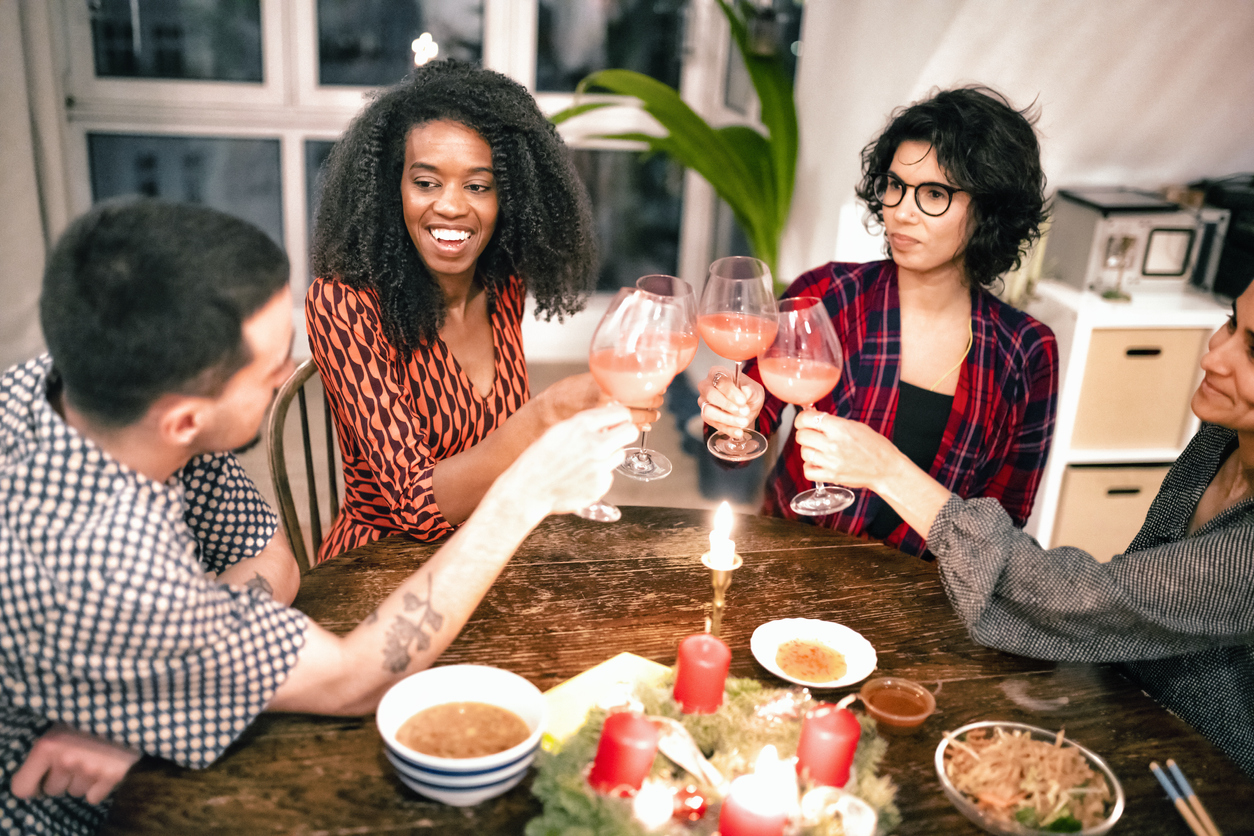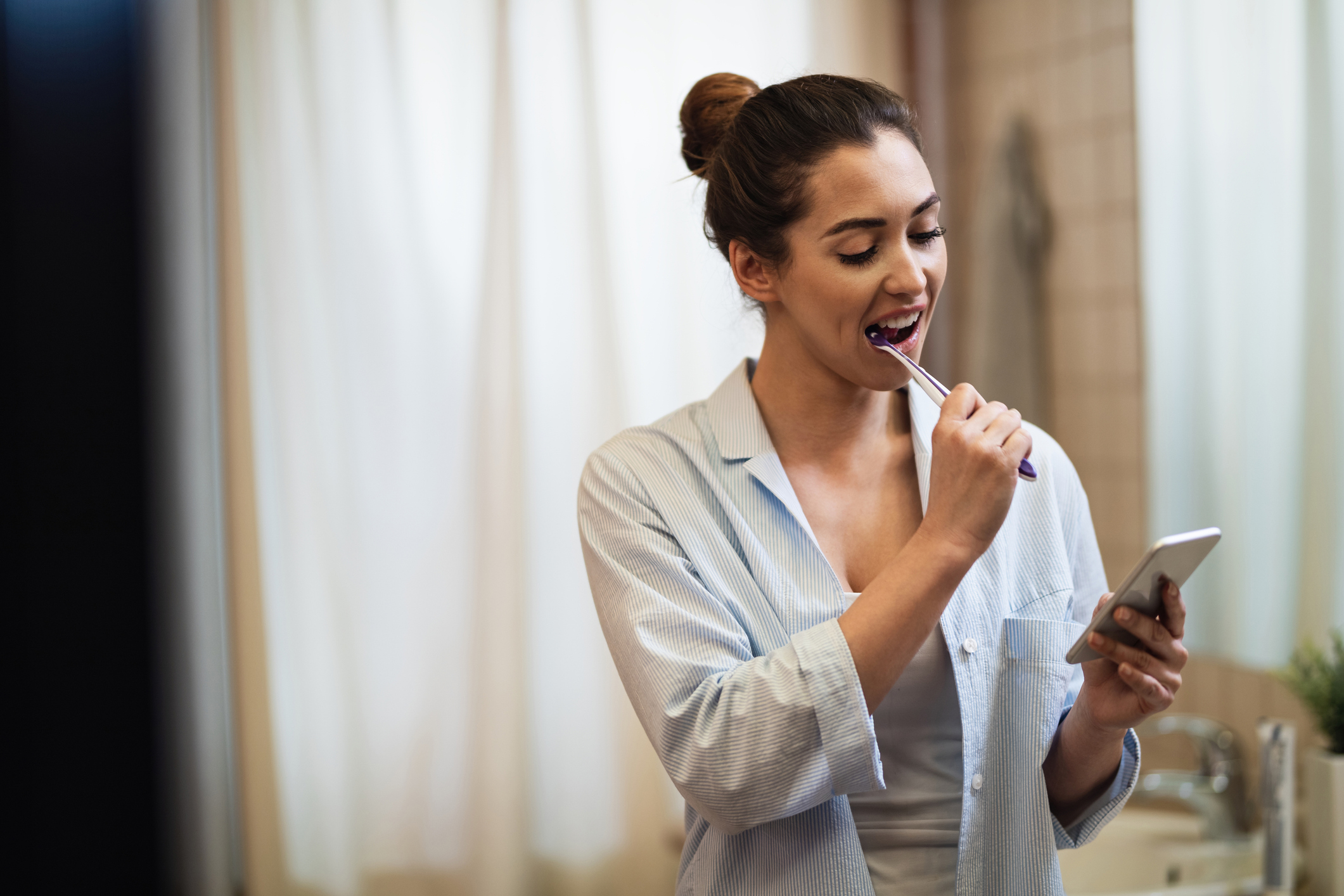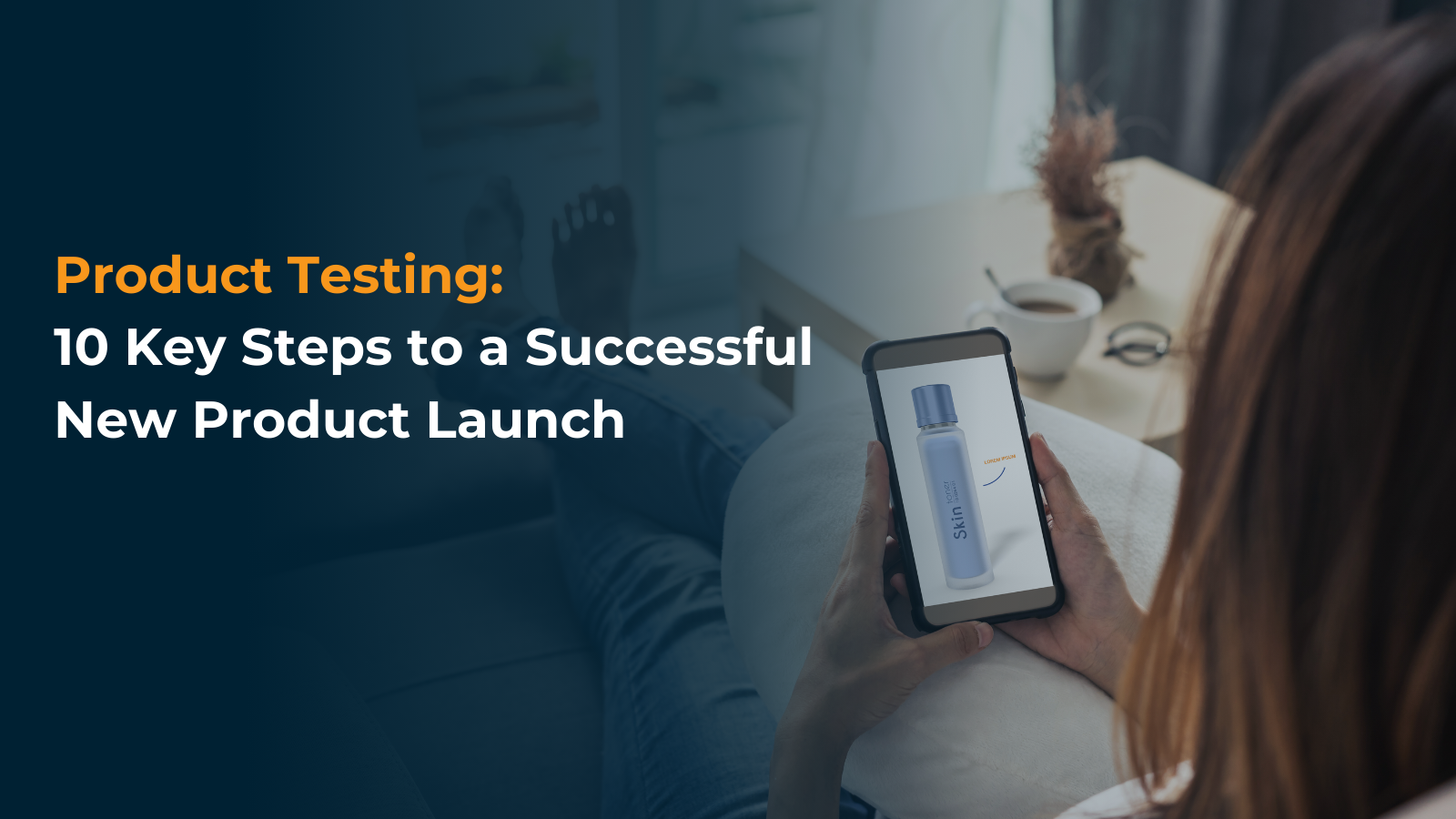Want Insights Behind the Rapid Rise in Non-Alcoholic Beverages?

Turns out there’s more to the N/A trend than just marketing.
No, you’re not imagining it. Mocktails, N/A beers and alcohol-free vinos did indeed dominate the first month of your 2023 Instagram feed. And while Dry January may be over, the non-alcoholic beverage space is well worth keeping a close eye on.
Of course, the phenomenon known as Dry January is nothing new. The initiative to ditch alcohol for one month originated in Britain with Alcohol Change UK, a nonprofit that first extolled the health and financial benefits of staying sober for the first 31 days of 2012. More than a decade later, however, the trend has gained some serious steam. And there’s a lot more to it than one charity from across the pond encouraging us to “drink as a conscious choice.”
Here at QualSights, we’re fortunate enough to get to dig into the motivations behind social change. It’s just one of the many benefits of working at a leading global insights organization. And when it comes to shifts in consumer preferences around drinking, we found some fascinating patterns that go way beyond marketing.
Like many other revolutions around taste, this one was partially spurred by some real tech advances in the food science world. Every IPA lover knows that the taste and aroma of hops is what allows beer to impart its unique stamp on the taste bud. But until recently, brewers have had to rely on fermentation to carry that flavor forward. Now, a new yeast called saccharomyces cerevisiae allows brewers to preserve that particular taste with negligible alcohol content. Similarly, recent advances in distilled botanicals and nanoemulsion offer the ability to extract flavors without alcohol and infuse them evenly throughout packaged beverages.
But it’s not just the hard sciences that offer insights into this trend. Through our work in consumer research, we’ve found a lot of sociology in there, too. Let’s dig into what this shift says about lifestyle, customs and culture.
Meet the Sober Curious
It seems non-alcoholic beverages aren’t just for those who abstain from drinking. In a study we conducted in 2022, we found 82% of consumers who drink N/A beverages also drink alcohol at least some of the time.
Some of the impetus behind cutting back on drinking is undoubtedly the influence of a better understanding of how alcohol impacts our bodies and minds. Our research found that 60% of those who choose non-alcoholic beverages believe choosing not to drink alcohol helps their weight, with the same proportion expressing concerns about their cognitive health. Interestingly, an even higher share (64%) mentioned their mental health in these discussions with QualSights.
As we emerge from the pandemic, however, social health is also on our radar. Social anxiety is certainly one reason for some to belly up to the bar. But on the flip side, an expanded menu of drink options might reduce stigmas around not drinking. We found that 79% of QualSights study participants agreed that non-alcoholic beverages ease social pressures to drink on occasions when they don’t want to drink alcohol. In other words, ordering a mocktail may raise fewer eyebrows than club soda.
Another interesting factor here is how this is reflected in the attitudes of the youngest drinkers out there. We’ve long seen trends showing how younger generations seem to have stronger relationships between their beliefs and their spending habits. And in this study in particular, QualSights’ research and innovation teams were able to dig into the associations that Gen Z consumers draw between the products they use and their personal values. That might explain the growing visibility of #DryJanuary in your social feeds.
What’s in the Glass Matters
We’re really excited to keep studying this vertical for a variety of reasons. First, our research has also shown tremendous growth potential, particularly when you start slicing and dicing the beverage types inside the industry.
Beer is the most recognizable type of non-alcoholic beverage, and we think this knowledge gap presents a real opportunity. Our research found that 67% of those who drink non-alcoholic beverages have consumed N/A beer in the last three months, making it significantly more popular than spirits and wine. But that may be just because it’s better known than other non-alcoholic categories.
While 31% of QualSights’ study participants said they were extremely or very familiar with non-alcoholic beer, that number was only 15% and 8% for wine and spirits, respectively. The fact that 43% of non-alcoholic beverage drinkers had consumed N/A wine in the last three months means there’s a great deal of potential there. And that may be even more significant when it comes to cocktails. Nearly one-fourth of non-alcoholic beverage drinkers had consumed N/A spirits in the last three months. As more consumers become aware of the options, these numbers are bound to increase. It’s definitely something we’ll be watching in the coming months and years.
Location, Location, Location
As researchers who work with an insights platform that goes well beyond the usual boundaries of conference rooms and research labs, we were fascinated to dig into where this is all taking place.
A whopping 70% of our study participants reported drinking non-alcoholic beverages at home. This was particularly surprising knowing what we do about why people choose non-alcoholic beverages: One of the three main reasons is the ability to drive unimpaired. Therefore, it seems that bars and restaurants, particularly those in areas with fewer transportation options, could see big impacts by adding such options to their menus. In fact, there are already bars popping up that exclusively sell N/A beverages—there’s even one here in QualSights’ hometown of Chicago.
Perhaps unsurprisingly, the contents of the proverbial menu seem to have a significant impact on consumer choice. Our research found that mere availability is one of the three main reasons people choose to drink alcohol rather than abstaining. Only 34% of our study participants reported having consumed non-alcoholic beverages in a restaurant with friends and family (and only 17% with colleagues or coworkers). But when QualSights asked what might influence them to choose alcohol over N/A options, 44% said it was because alcoholic beverages are more readily available.
Because QualSights is on a mission to change the way brands uncover meaningful insights, we’re excited to keep looking at these trends. We’re insatiably curious, which is why we believe that genuinely understanding human behavior represents your brand’s greatest opportunities.
If you’re ready to take your research to the next level, schedule a free demo to learn how we can deliver true, actionable insights to drive your business forward today.
 Original QualSights Research
Original QualSights Research 

